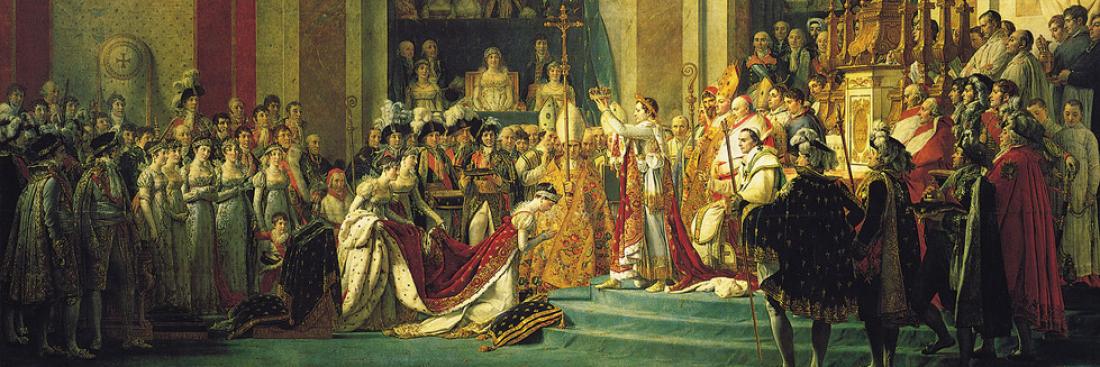
Image published in the Hachette Almanac in 1908. Source: Author's document.
What was the demographic situation of France as it entered into war on 3rd August 1914? For several centuries, right up to the 1860s, France was the most populated country in Europe, even ahead of Russia at certain times. Then, mainly due to the effect of a low birth rate at the end of the 18th century, when France entered into war it occupied fifth position in demographic terms in Europe, behind Russia, the German Empire, Austria-Hungary and Great Britain, closely followed by Italy. In 1914, the population of France was still very rural, stagnant and ageing. The 1914 war struck a country which was struggling demographically. The enforced effort was huge, and the consequences after the war weighed heavy.
